Update: Photographer David Paul Bayles’ free lecture at 23 Sandy Gallery, discussed below, has been postponed a week. Originally set for this Saturday, April 18, it’s been rescheduled for 6 p.m. next Saturday, April 25, at the gallery, 623 N.E. 23rd Ave., Portland.
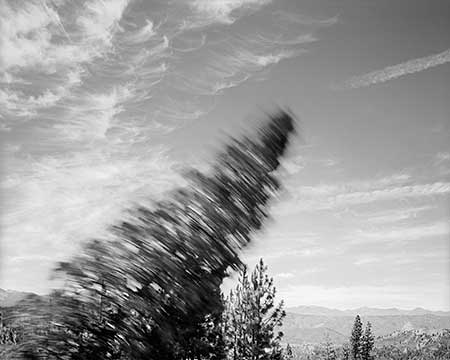 A person of my close acquaintance (all right, she’s my daughter) has been laid off from a job she detests — indeed, a job which for at least a couple of years she’s harbored elaborate fantasies of quitting in grand-tragedian style. They beat her to the punch. She outlasted many of her friends at this Dilbertian company, who, she says, have created a greeting for new members of the formerly-employed-by-idiots club.
A person of my close acquaintance (all right, she’s my daughter) has been laid off from a job she detests — indeed, a job which for at least a couple of years she’s harbored elaborate fantasies of quitting in grand-tragedian style. They beat her to the punch. She outlasted many of her friends at this Dilbertian company, who, she says, have created a greeting for new members of the formerly-employed-by-idiots club.
“Congratudolences,” they say, and they mean both halves of the word.
A person of my even closer acquaintance (all right, she’s my wife) is leaving a job she loves, because as a part-time worker she’s in recurring jeopardy of being laid off, and the industry in which she works, while a noble one, seems sadly to be circling the drain of no return.
Tim-berrrrr!
The clear-cut just keeps getting closer, doesn’t it? If a tree falls in the middle of a forest and it smacks you upside the head, are you too dazed to feel it?
For our daughter, the timing isn’t too bad. In fact, it could scarcely be better. In the fall she’s off to seven years of grad school, maybe in Tucson, maybe in Austin, probably in Seattle, from which she’ll emerge with a Ph.D. in Gothic literature and perhaps a whole new set of occupational challenges.
For my wife, who departs her long-loved job with a modest yet under the circumstances generous severance agreement that will keep the wolf from the door for a year even if if she doesn’t find another source of income between now and then, this is what they call an opportunity. For reinvention, for redirection, for a fresh start, for the edge-of-the-seat thrill of making things up as she goes along. And she’s embracing it, almost cheerfully. More control of her schedule. A chance to freelance. Time at the beach. Is this what they mean by the “creative economy”? Among her many skills, which include organizational abilities that leave me fairly gasping for air, my mate is an excellent writer, with a rare and subversive wit. Perhaps that will make her fortune, as it has for us here at Art Scatter’s gilded world headquarters, where we’re envied by all as the Warren Buffetts of the blogosphere.
I think we’ll plant a garden this year. Tomatoes, herbs, lettuce, maybe a few cukes … does asparagus grow OK in a parking strip? Actually, in a weird way, this could be fun.
*******************
I like the intelligence and energy at 23 Sandy Gallery, an eastside Portland gallery I got to know when I wrote a story about its recent exhibit of on-demand fine photography books. The gallery emphasizes photography, hand-made books and graphic arts, all areas that are congenial to my own interests, and owner Laura Russell has a smart eye and an open mind.
This month the gallery is showing photos by David Paul Bayles of trees being felled — that’s his Falling Tree #3, which I shamelessly employed for metaphorical purposes, pictured above. And although I haven’t seen it yet, the show seems to suggest some insights into the world of tough economics as it’s been known in the Pacific Northwest for a long time. Here’s how the gallery’s Web site describes it:
From his early days as a logger in the Sierra Nevada Mountains to his present home on Dreaming Forest Farm outside Corvallis, David Paul Bayles has lived and worked from, with and in the trees. Of his many bodies of work focusing on trees, this group of 12 photographs features trees falling while being logged on one magical morning. Shot with an 8×10 view camera under demanding technical and physical conditions, these images capture the beauty of the forest and the grace and power of a tree in motion. It’s a haunting peek into a dangerous world that few ever experience — a world of rough men and “widow makers.”
Bayles, who considers himself a committed environmentalist (“In a forest I see communities of beings, creating and collaborating in the rich cycle of living and dying,” he says), speaks at the gallery at 5 p.m. April 18, and it could be well worth a visit.
The gallery is also featuring some hand-made, collage style books by Linda Welch that look bright enough to infuse a little happiness into a day dampened by the drizzle of the dismal science.
 Books come in all shapes and sizes and perform all sorts of functions, in addition to acting as containment vessel for reading “matter.†And almost anything can function as bathroom reading. Where else memorize your credit card numbers? Now, it turns out, almost everything is worth the paper it’s printed on.
Books come in all shapes and sizes and perform all sorts of functions, in addition to acting as containment vessel for reading “matter.†And almost anything can function as bathroom reading. Where else memorize your credit card numbers? Now, it turns out, almost everything is worth the paper it’s printed on.

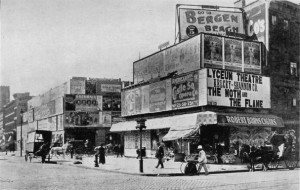 A quick followup on our
A quick followup on our  Our partner-in-Scattering Barry Johnson (who does not look like the portrait here of Tom Paine, rabble-rousing author of the political tract Common Sense) advocates a little citywide common sense in the continuing flap over Portland’s Rose Quarter and Mayor Sam Adams’ push to tear down Memorial Coliseum to make room for a minor-league baseball park and a suburban-style “entertainment district” of aggressively anonymous chain outfits on the order of a Hard Rock Cafe.
Our partner-in-Scattering Barry Johnson (who does not look like the portrait here of Tom Paine, rabble-rousing author of the political tract Common Sense) advocates a little citywide common sense in the continuing flap over Portland’s Rose Quarter and Mayor Sam Adams’ push to tear down Memorial Coliseum to make room for a minor-league baseball park and a suburban-style “entertainment district” of aggressively anonymous chain outfits on the order of a Hard Rock Cafe. A person of my close acquaintance (all right, she’s my daughter) has been laid off from a job she detests — indeed, a job which for at least a couple of years she’s harbored elaborate fantasies of quitting in grand-tragedian style. They beat her to the punch. She outlasted many of her friends at this Dilbertian company, who, she says, have created a greeting for new members of the formerly-employed-by-idiots club.
A person of my close acquaintance (all right, she’s my daughter) has been laid off from a job she detests — indeed, a job which for at least a couple of years she’s harbored elaborate fantasies of quitting in grand-tragedian style. They beat her to the punch. She outlasted many of her friends at this Dilbertian company, who, she says, have created a greeting for new members of the formerly-employed-by-idiots club. So, yes, it’s taken some time for me to figure out how to occupy space at both Art Scatter and
So, yes, it’s taken some time for me to figure out how to occupy space at both Art Scatter and  “What do you think of semiotics?” an owlish interrogator asked me.
“What do you think of semiotics?” an owlish interrogator asked me.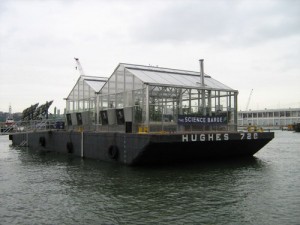 1972, it turns out, was the year
1972, it turns out, was the year 
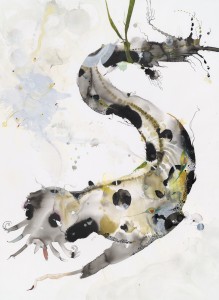 Neil Simon, American comedian: Also from Monday’s Oregonian (the full review ran online; a shortened version ran in print) is
Neil Simon, American comedian: Also from Monday’s Oregonian (the full review ran online; a shortened version ran in print) is 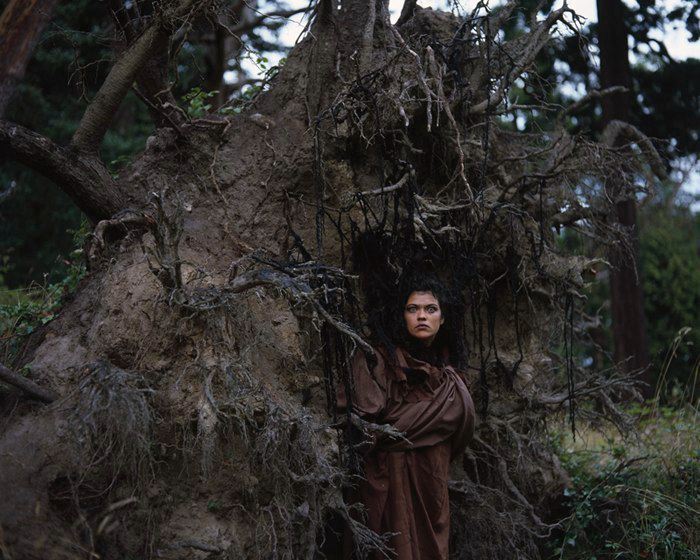
 Things are looking bad, folks. Most egregious is the Legislature’s attempt to liberate $1.8 million from the permanent fund of the
Things are looking bad, folks. Most egregious is the Legislature’s attempt to liberate $1.8 million from the permanent fund of the